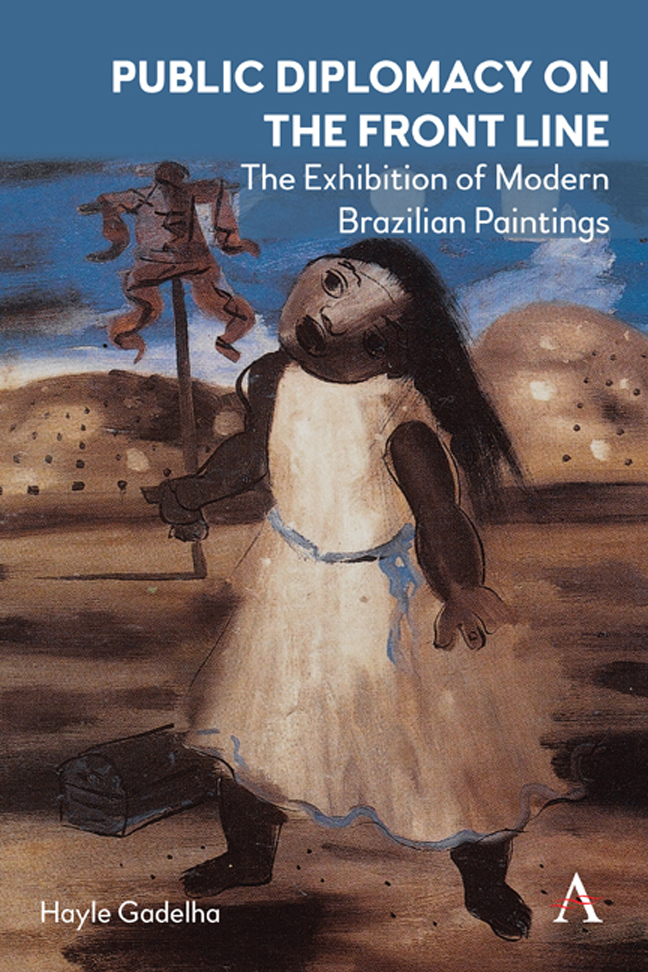Summary
Background
In the 1940s, North American culture broadcast here through multiple channels – radio, cinema, publications etc. – was increasingly taking the place of European culture, hegemonic in Brazil until WW2. In the field of painting, nevertheless, such influence apparently did not reach such a notable level
Walter ZaniniSystematic efforts to increase and modernise cultural exchanges between Brazil and the United Kingdom has been under way since at least 1936, when Secretary Paschoal Carlos Magno wrote the previously discussed study about bilateral intellectual cooperation, aimed at changing the local perceptions of Brazil (Magno P. C., 1936). In 1942, the same Magno proposed to the BC the joint organisation of a comprehensive Brazilian art exhibition in London, focused on academic and traditional expressions, rather more conservative than the one that would eventually take shape two years later (Magno C. P., 1942). The initiative, supported by Brazilian academic painters such as Oswaldo Teixeira and Georgina de Albuquerque, did not prosper. In March 1943, Ambassador Moniz de Aragão returned to the idea, advocating to Minister Oswaldo Aranha the opportunity of holding an exhibition of Brazilian books and artworks in the United Kingdom, along the lines of a similar showing previously organised by the Mexican government (Moniz de Aragão J. J., 1943). In the same month, during its third meeting, the newly founded ABS decided to arrange an exhibition of Brazilian art at a convenient time (ABS, 1943). A couple of months later, Magno suggested that a series of photographs of modern industry and general development in Brazil should be shown at the ABS exhibition, so that a wrong impression should not be given to the British public of life in Brazil (ABS, 1943). Evidently, the Brazilian diplomat, aligned with Vargas’ foreign policy of projecting prestige, wanted to convey a message of a modernising Brazil, by benefiting from the plaudits earned by this showcase of the nation's culture in London.
In August 1943, those (up to that point parallel) initiatives by the Embassy and the ABS underwent important developments. The BC decided to sponsor a show regarding ‘art and things of Brazil’ (Moniz de Aragão, 1944), to be curated and arranged by Eric Church, from the Brazilian Society of English Culture. Church, also a member of the ABS, was appointed to be in charge of the thereinafter unified exhibitions.
- Type
- Chapter
- Information
- Public Diplomacy on the Front LineThe Exhibition of Modern Brazilian Paintings, pp. 51 - 124Publisher: Anthem PressPrint publication year: 2023



